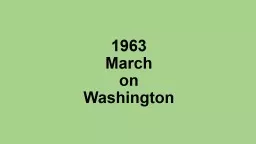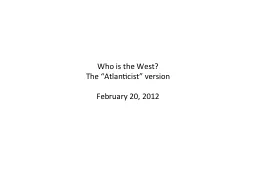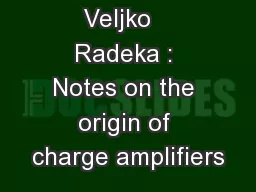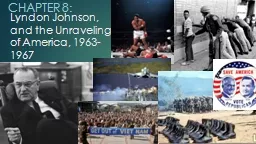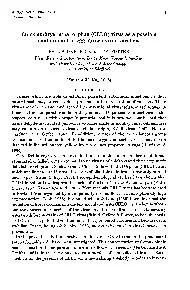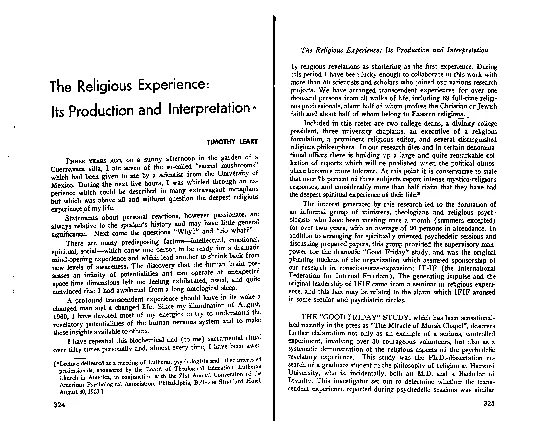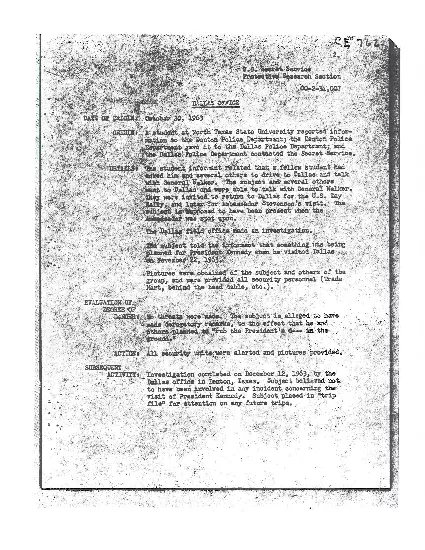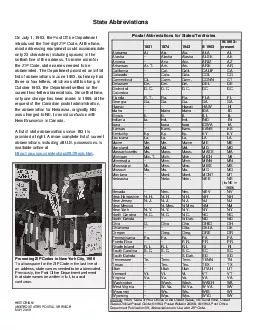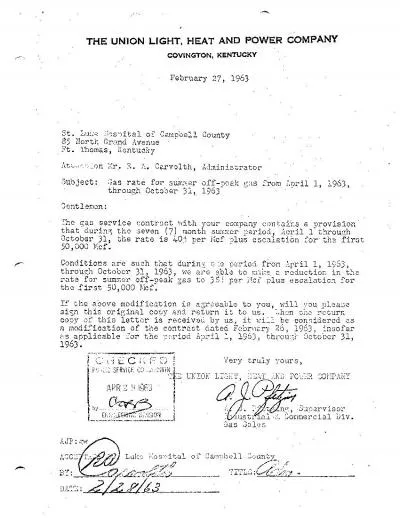PPT-1963 March on Washington
Author : calandra-battersby | Published Date : 2016-05-28
For Jobs and Freedom BlackHistoryEdZonecom How the March came to be By the summer of 1963 protests for freedom justice and equal rights had spread to more than
Presentation Embed Code
Download Presentation
Download Presentation The PPT/PDF document "1963 March on Washington" is the property of its rightful owner. Permission is granted to download and print the materials on this website for personal, non-commercial use only, and to display it on your personal computer provided you do not modify the materials and that you retain all copyright notices contained in the materials. By downloading content from our website, you accept the terms of this agreement.
1963 March on Washington: Transcript
Download Rules Of Document
"1963 March on Washington"The content belongs to its owner. You may download and print it for personal use, without modification, and keep all copyright notices. By downloading, you agree to these terms.
Related Documents

